At MU Materials Science and Engineering Institute (MUMSEI), collaboration, creativity and research surge together. Where others may see programs, disease and inefficiencies, we see opportunities, potential and infinite possibilities. We teach, we learn and we analyze – and we demand innovation and integrity as we create smarter, safer and more efficient ways of living.
Metamaterials
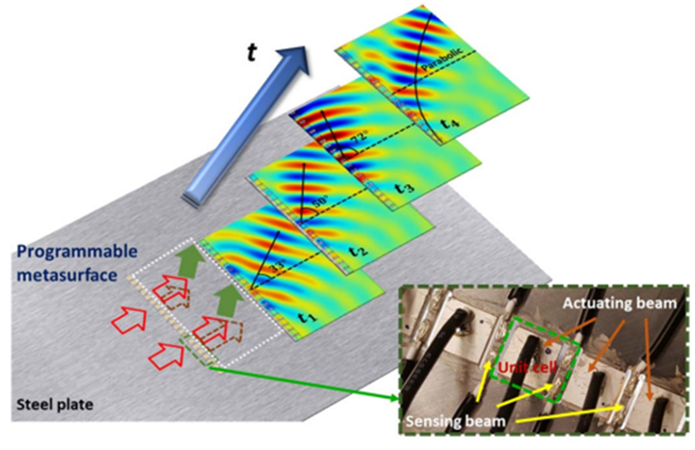
Programmable and Modulated Metamaterials for Wave Control
A growing area of interest in particular is bidirectional wave control whereby waves incident in a given direction are steered in one way, say slowed down, and waves incoming in the opposite direction are steered in another way, accelerated for instance. Bidirectional wave control is made possible y the breaking of time reversal symmetry and brings us one step closer to the realization of revolutionary wave control devices such as invisibility cloaks.
Soft Materials
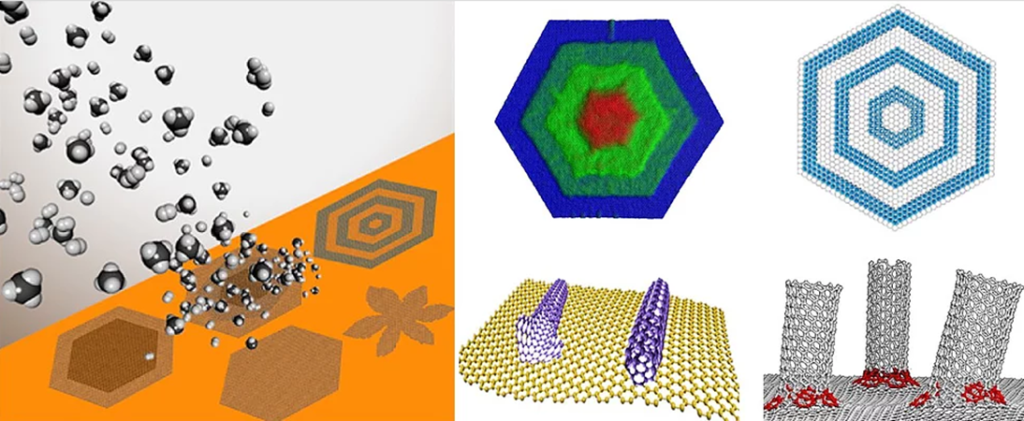
Soft Materials and Electronic Devices
Our research interests center on designing new functional materials and novel micro/nanoscale structures, through the combined efforts in chemical synthesis, material manipulation, mechanical design and advanced micro/nanomanufacturing, for the next-generation soft electronic and energy devices with unusual attributes.
Nano Materials
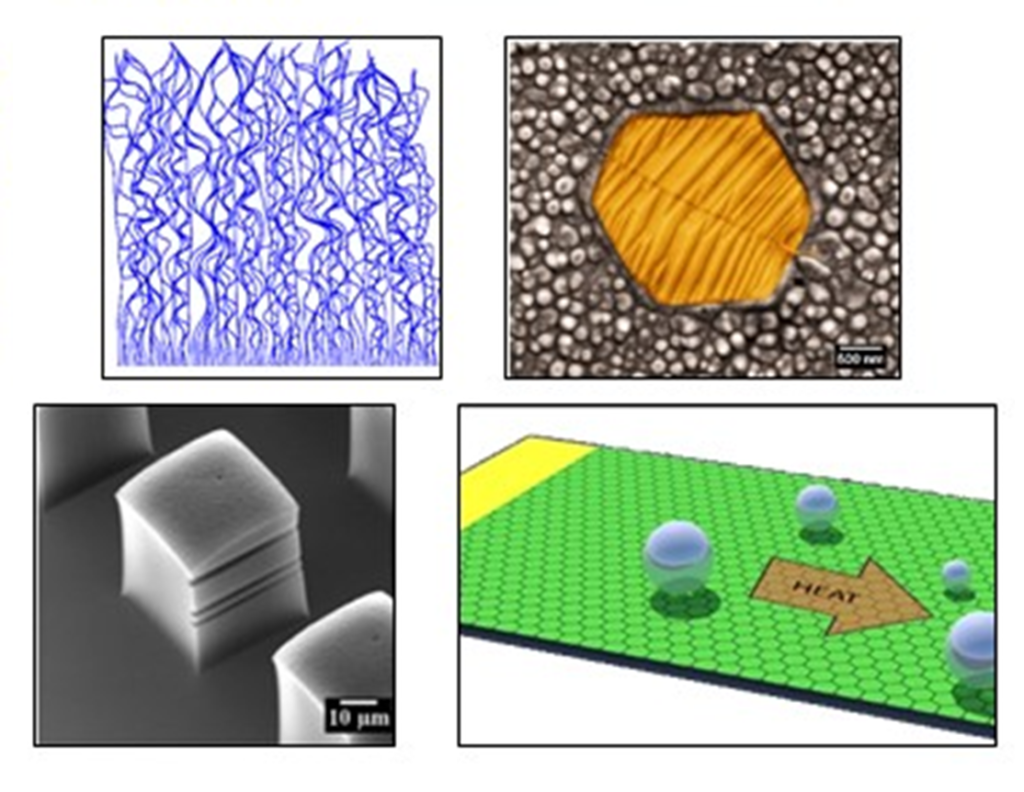
Advanced Nanostructures
The Advanced Nanostructures Group at the University of Missouri, led by Professor Matt Maschmann, examines the manufacturing, characterization and application of diverse structures originating from nanoscale material building blocks. The group explores the fundamental behavior of nanoscale material systems to enable performance metrics exceeding those available from conventional materials. Our research interests include the fundamental growth and assembly of nanomaterials, nanoscale mechanics, processing techniques and application of nanoscale materials for diverse applications. The group is also keenly interested in energy-based applications, particularly those related to thermal transport.
Multifunctional Materials
Electronics behavior differently when they are confined in low dimensions (1D and 2D) compared with the 3D bulk counterparts. Studying the electronics in the nanoscale paves the new route of developing next-generation electronics for applications in bioelectronics, photodetectors, transparent touch screens, memories and so on. Motivated by these applications we have studies the interactions of DNA and graphene (J. Lin et al., Small, 2010, 6 (10), 1150-1155), demonstrated the potential applications of graphene for DNA biosensors (S. Guo, J Lin et al., J.N.N. 2011 (6), 5258-5263). We have developed the transparent resistive switching memory based on SiOx and graphene (J. Yao, J. Lin et al., Nat. Commun., 2012, 3, 1101). This work has offered the possibility of providing the new functionality to the glass as it becomes the fundamental construction elements in modern buildings.
Nano-Sponges

Hydrogen is widely considered an essential part of our energy future as a potential medium for energy future as a potential medium for energy storage (its combustion byproduct being merely water vapor), however due to the fact that hydrogen is a gas, the “grand challenge” is the development of a storage system capable of delivering acceptatble driving ranges. The problem is that currently we lake a “goldilocks” material – a material that interacts with hydrogen “just right,” either the materials bind hydrogen too strongly (making it hard to remove it from the tank) or too weakly (making it hard to store it).
Microwave Absorption
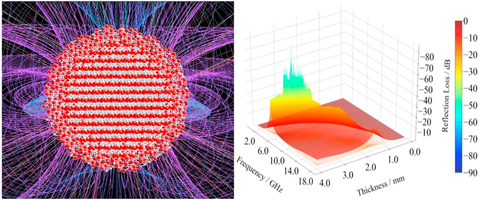
Microwave absorption is very important in many civil and military applications, such as information security, wireless communications and object detection. Microwave absorption occurs if there is an effective resonance between the incident microwave electromagnetic field and the dipole rotations or magnetic resonance in the materials.
X-Ray and Neutron Scattering
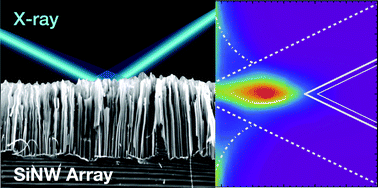
X-ray and neutron scattering have played a critical role in developing the present understanding of condensed matter physics by revealing the way that matter organizes itself both spatially and dynamically. Countless contributions include understanding the behavior of crystals, alloys, glasses, fluids, phase transitions, magnetism, superconductivity and ferroelectricity, to name a few. With the development of highly intense radiation sources, these probes are now able to investigate the surfaces and interfaces of condensed matter on the atomic scale. Paul Miceli’s current research utilizes surface-sensitive scattering techniques to investigate the physics of epitaxial and supported nanostructured materials as well as two-dimensional materials.
Bioinformatics
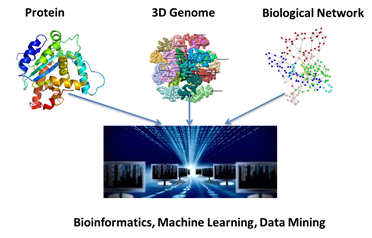
Currently we are developing bioinformatics algorithms and tools for protein structure and function prediction, 3D genomics, biological network modeling and omics data analysis. We have active projects in protein structure and function prediction, 3D genome structure modeling, inference and simulation of biological networks and systems, protein interaction and docking, biological sequence alignments, transcriptomics (RNAseq data analysis), genomics, epigenomics and proteomics. These projects are being funded by the National Institutes of Health (NIH), the National Science Foundation (NSF) and the Department of Energy (DOE).
Luminescent Carbon Nanodots
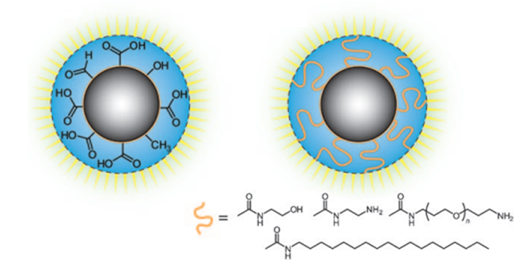
Similar to its popular older cousins the fullerene, the carbon nano-tube, and graphene, the latest form of nanocarbon, the carbon nanodot, is inspiring intensive research efforts in its own right. These surface-passivated carbonaceous quantum dots, so-called C-dots, combine several favorable attributes of traditional semiconductor-based quantum dots (namely size- and wavelength-dependent luminescence emission, resistance to photo bleaching nd ease of bioconjugation) without incurring the burden of intrinsic toxicity or elemental scarcity and without the need for stringent, intricate, tedious, costly or inefficient preparation steps. C-dots can be produced inexpensively and on a large scale (frequently using a one-step pathway and potentially from biomass waste-derived sources) by many approaches, ranging from simple candle burning to in situ dehydration reactions to laser ablation methods. In this review, we summarize recent advances in the synthesis and characterization of C-dots. We also speculate on their future and discuss potential developments for their use in energy conversion/storage, bioimaging, drug delivery, sensors, diagnostics nd composites.